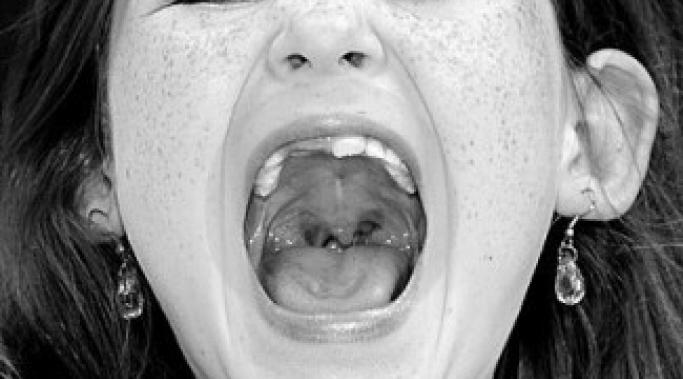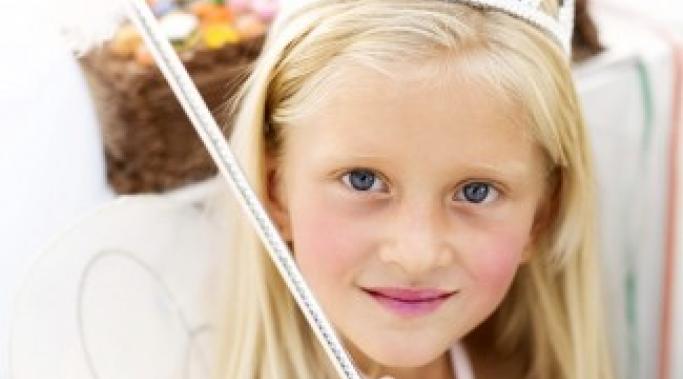Pilots’ mental health is a hot topic and stigma surrounding pilot's mental health is an important point to highlight. I am an airline pilot and mental health advocate. Let me tell you my experience with aviation, mental health and what I know about flying, stigma and being a pilot with a mental illness.
Mental Illness at Work
Many people have a difficult time in finding an effective mental health counselor. The key is to find someone that will help you solve your current mental health problems.
Everyone has anxiety, including teens and tweens. Anxiety is important. It’s a natural reaction that our body has to a new situation. It serves as a basic survival function – like a warning system that alerts us whenever we perceive a dangerous experience. For some, it works over time and needs to be controlled. Techniques including visualization and mindfulness can help tweens or teens with anxiety.
Last summer on a girls’ beach trip, I decided to talk to my three nieces, young women in their teens and early twenties, about my depression and the collateral damage that can result. They’ve grown up knowing me mostly as fun Aunt Jenny who plans outings and understands fashion emergencies. But they’ve also seen me sitting alone at family gatherings, curtly rejecting company, crying at parties for no apparent reason and, most puzzling to their childhood sensibilities, seeming totally disinterested in them and their feelings. They’ve also seen me very depressed.
As anyone who has had depression can attest, your mood isn’t just created by circumstances. How you feel is the result of neurotransmitters sending information through your neurons by binding to receptors. Each neurotransmitter is made of amino acids that are either obtained through food or created by the body. Deficiency in proper nutrients is one of the key ways a depression can be caused or worsened by your diet. Eating the wrong foods can also worsen your mood. Here are 6 ways to relieve symptoms of depression caused by your diet.
The topic of schizophrenia has always been an enticing one for many of us in society because of its intense symptoms, presentation, and resistance of the symptoms to many treatments. But once we begin to discuss the existence of schizophrenia as being present in the innocent world of children, we stop dead in our tracks, almost in fear, of the reality.
Many years ago, when a friend was a bit down or depressed, I thought, “Suck it up princess,” or “Have a cup of concrete” were appropriate responses from one man to another. After living with depression for the last 14 years, I realize what a jackass I was.
On World Suicide Prevention Day, let me start with the good news: suicide is preventable.
That exact thought, however, haunts a family that has lost a loved one to suicide. The regrets are undeniable. There is a plethora of what-ifs and should-haves that nag at you from within; the guilt is unbearable. Looking back, we see so much that could’ve been done. In hindsight, you might even be able to pick the exact day, the exact hour, the minute, the second, where if you had looked a little harder, spoken a different word, been a different person, well, you just might have changed it all. Looking back, the signs are so obvious, but in reality, the answers are never that clear. Families, living their ordinary lives, doing their ordinary things are not at all equipped to deal with the extraordinary task of saving a loved one from suicide. Most of the times, they aren’t even aware.
I wasn’t aware.
Recent studies indicate that social media impacts the adolescent brain and produces anxiety and low self-esteem.
Educators have informed us for years on how vital early childhood is for brain development. Professionals stress the importance of educational activities and limiting screen time for ideal brain enhancement. Society has retooled preschool programs, children’s television, and offered early intervention for potential delays.
Children, however, go through another rapid period of brain growth during adolescence, similar to the toddler years. Little is being done to maximize these crucial learning years for adolescents and parents need to be aware of what their teenager’s brain is absorbing.
Images of impossibly thin women with micro-waistlines and not a pucker of cellulite swamp the media. Luckily, we’re getting better at spotting the fakes. Thanks to widespread awareness campaigns, we know that, because of Photoshop’s “enhancing effects,” the models we see on posters and in magazines whose physiques seem too good to be true are just that—not true.
But if we are more aware of magazine myths and are getting behind positive body image campaigns like Dove’s, why does the “thin ideal” still reign?









